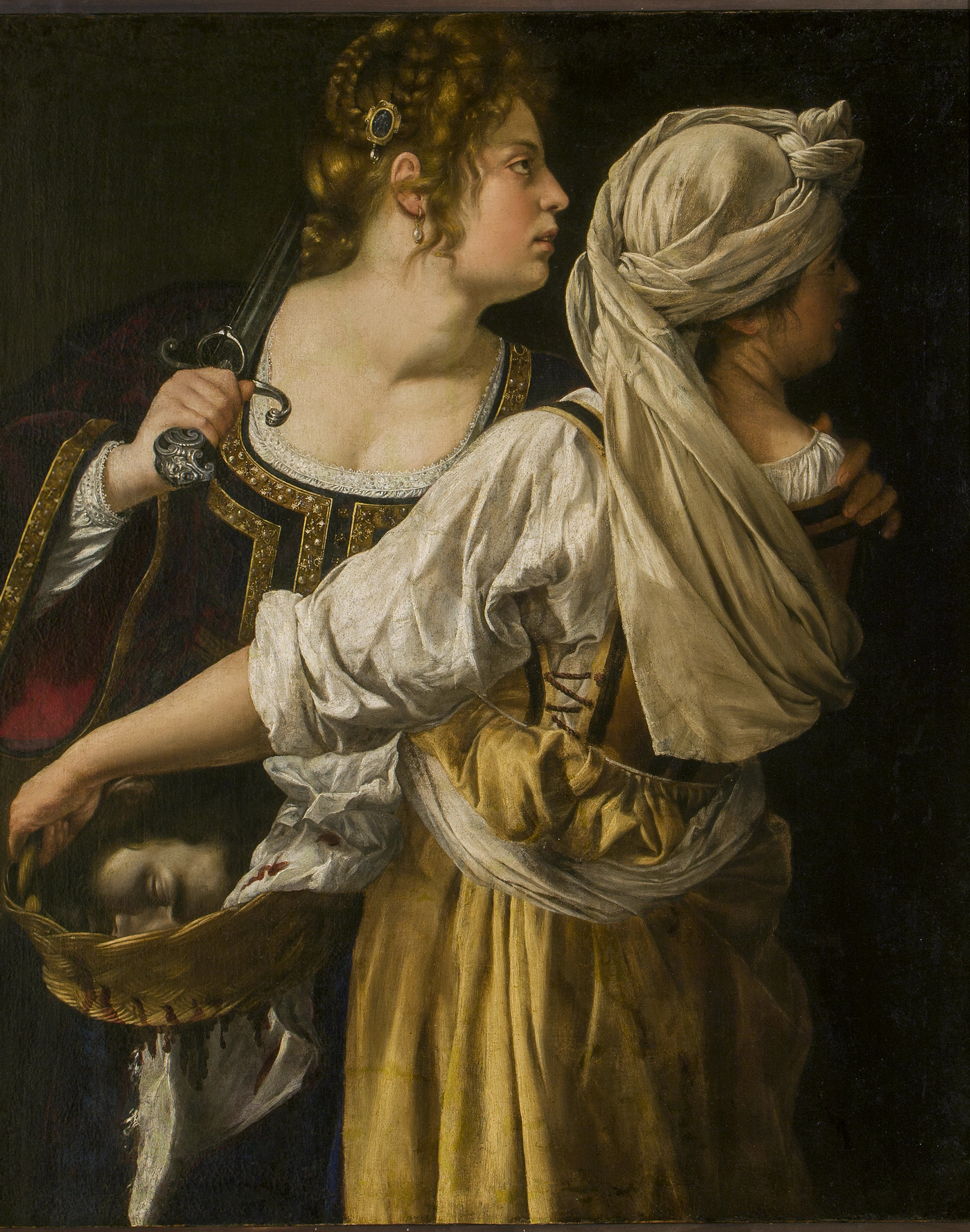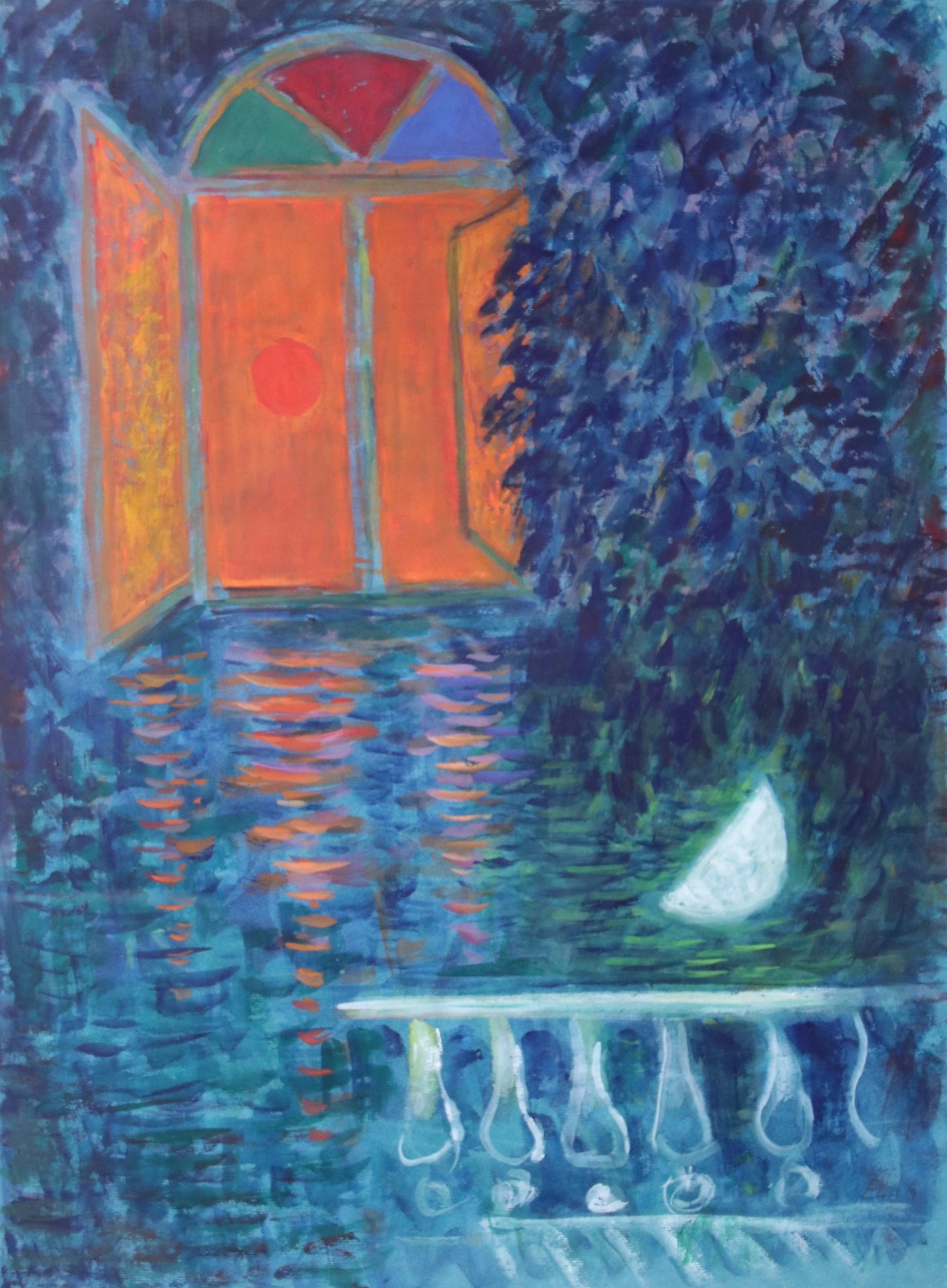Sentivo da un pezzo sul capo inchinato tra le braccia come l'impressione d'una mano lieve, in atto tra di carezza e di protezione. Ma l'anima mia era lontana, errante pei luoghi veduti fin dalla fanciullezza, dei quali mi spirava ancor dentro il sentimento, non tanto però che bastasse al bisogno che provavo di rivivere, fors'anche per un minuto, la vita come immaginavo si dovesse in quel punto svolgere in essi.
Era festa dovunque: in ogni chiesa, in ogni casa: intorno al ceppo, lassù; innanzi a un Presepe, laggiù; noti volti tra ignoti riuniti in lieta cena; eran canti sacri, suoni di zampogne, gridi di fanciulli esultanti, contese di giocatori. . . E le vie delle città grandi e piccole, dei villaggi, dei borghi alpestri o marini, eran deserte nella rigida notte. E mi pareva di andar frettoloso per quelle vie, da questa casa a quella, per godere della raccolta festa degli altri; mi trattenevo un poco in ognuna, poi auguravo:
- Buon Natale - e sparivo. . .








